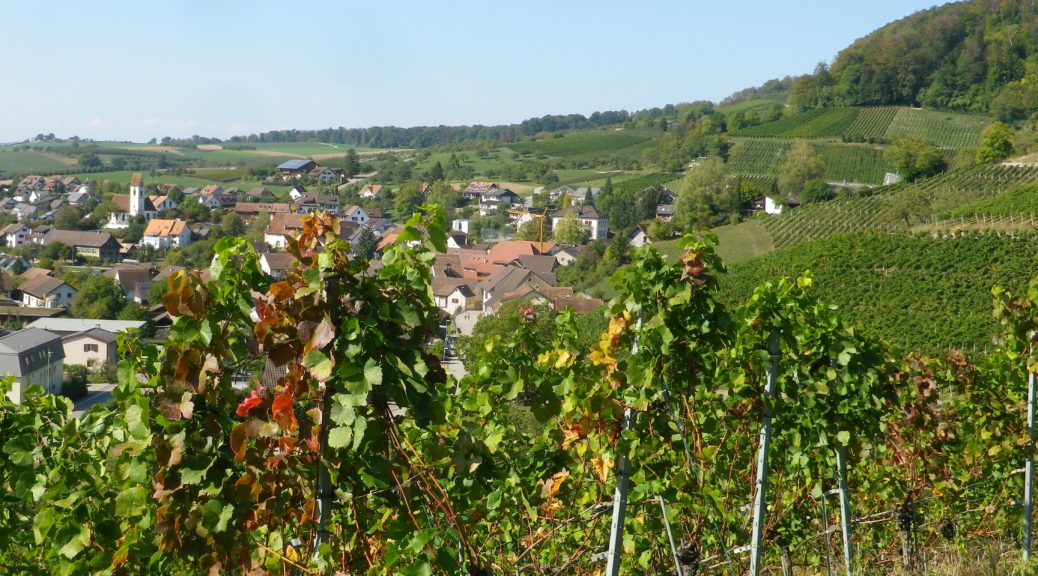Anspruchsvoll – demanding, as in challenging, the one word I did not know in the German language online description of this trail. Everything else in the description was comprehensible, and seemed ideal – rural, mostly on trails, two Swiss cantons/wine districts- so what difference could the final word make?
The Basel-Land vineyard area is found high above the Rhine River. To get there from Rheinfelden required a two-mile-long uphill climb. But while I felt like celebrating by the time I looked down on Olsberg and its famous former convent, looking toward the horizon, I realized that this would be a climbing itinerary.
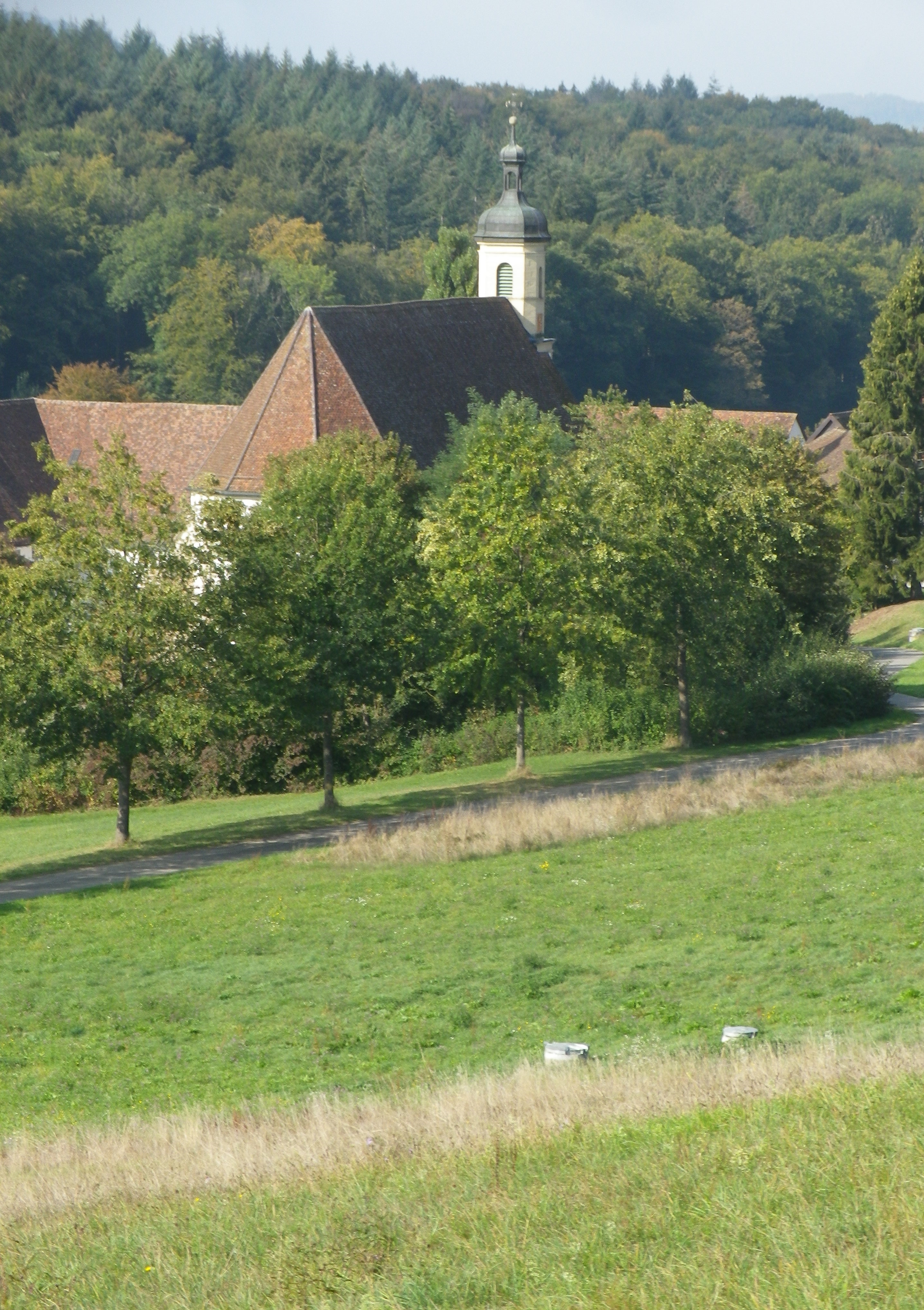
By the third hill, I wondered about that one word. Being lazy (I had read it online, too lazy even to google translate!), I would not have ordinarily attempted this itinerary, as there were indeed mountains (albeit not the Alps) to cycle up – starting with the first one, the slog from the Rhine River, past the train station and along the lovely allee up to the official start point, and then some.
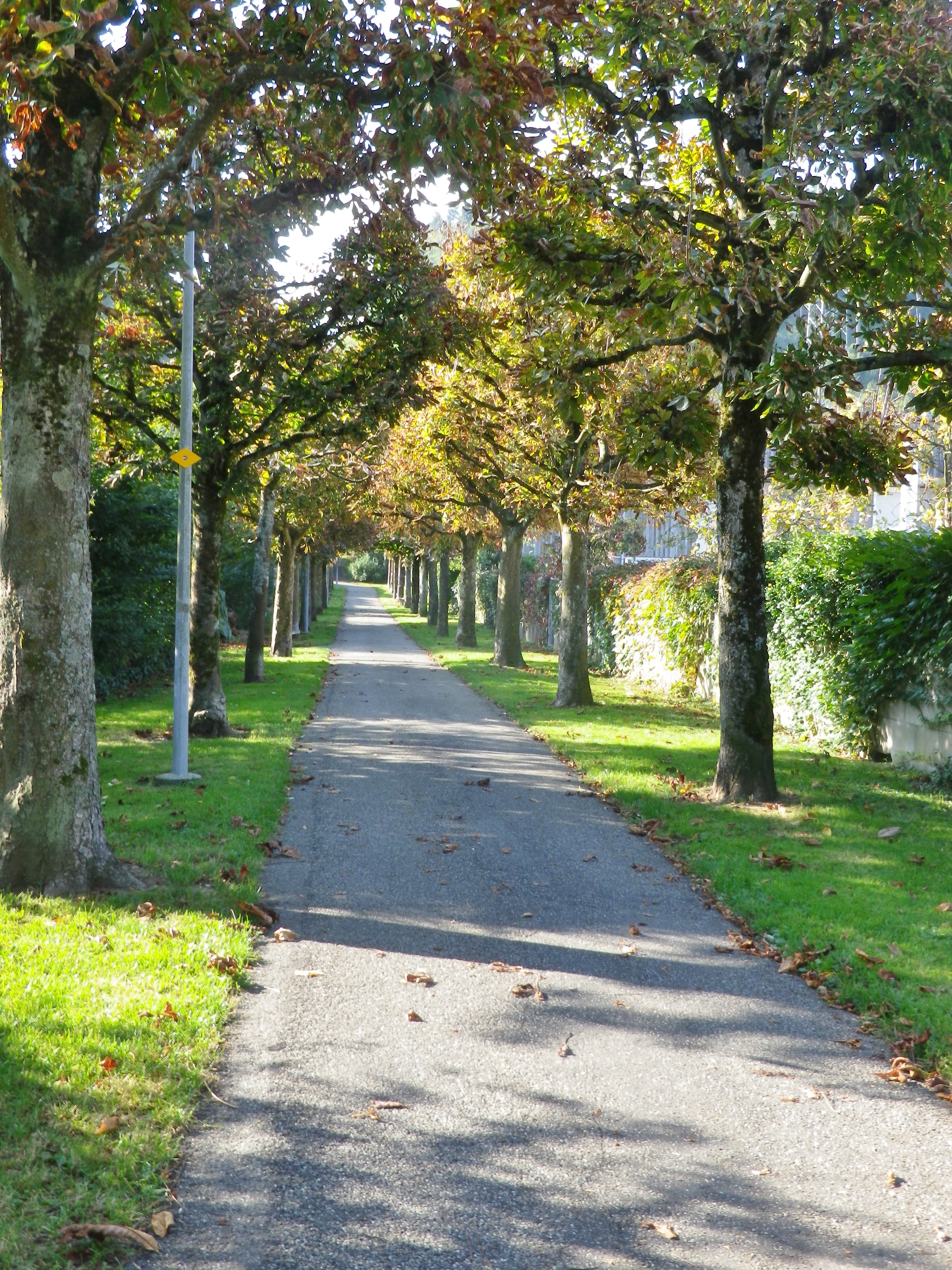
But being very determined, I also wouldn’t stop. So, continuing to follow the itinerary over hill and dale, I cycled past miles of pristine working farms, orchards and fields, all the way to Liestal, the only real town on the route. It lays in a narrow valley along the river Ergolz, a tributary to the Rhine. Its old town center still has a part of medieval wall with a tower. It would have been a good place to walk a bit to enjoy the sights at a snail’s pace, and to relax my thigh muscles.
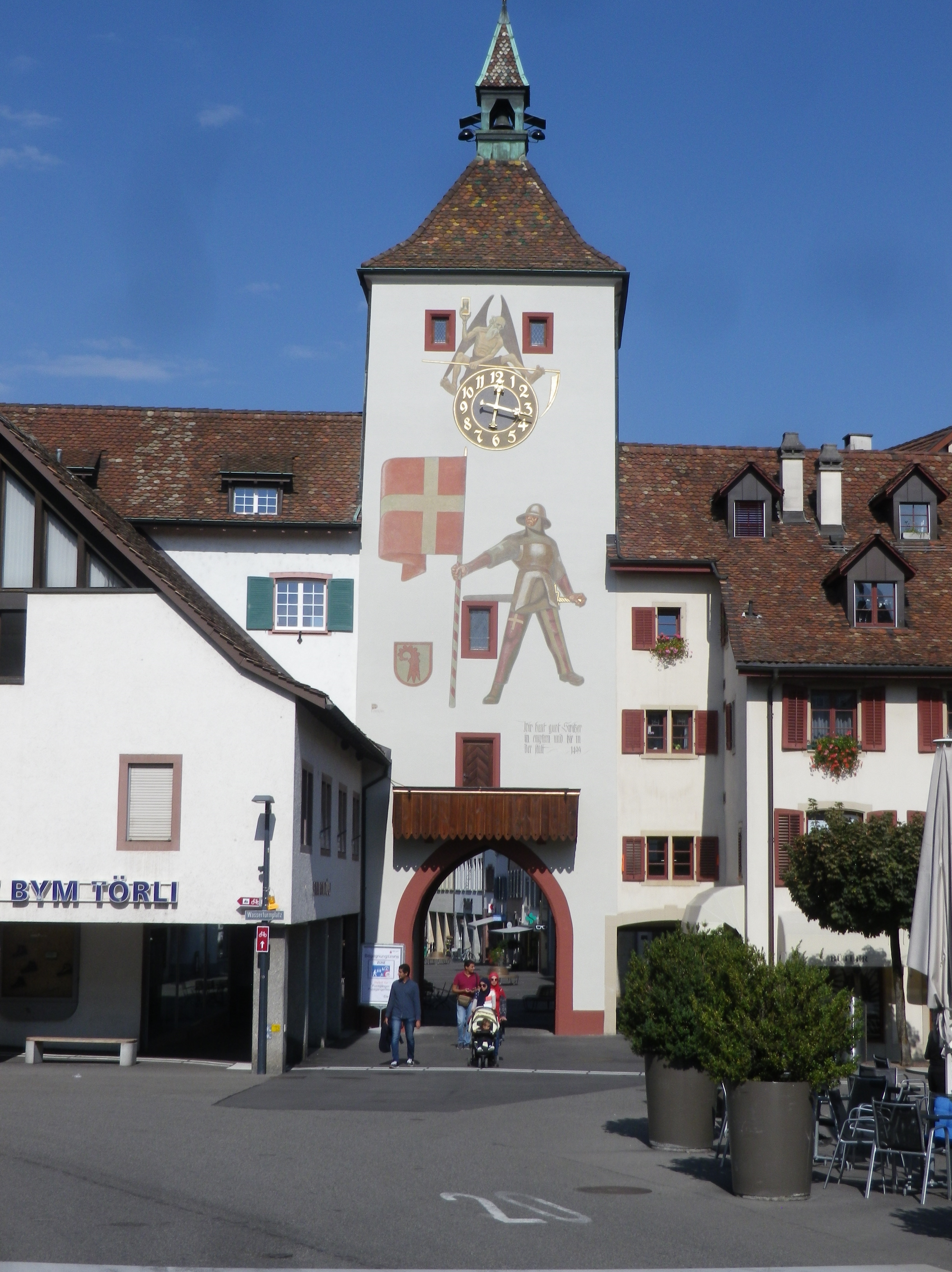
Instead, I found myself walking when halfway up the Brunneberg, as I risked rolling backwards downhill pedaling so slowly. While it was only about three-quarters of a mile to the Edleten Hut, this part of the itinerary was rather steep. The hut itself was typical of the hiking huts found in the German-speaking hiking world, with a nice overhang to protect against rain, a picnic table, and in a cool clearing in the middle of the woods. Almost at the very top, it was a great place to stop for a water break.
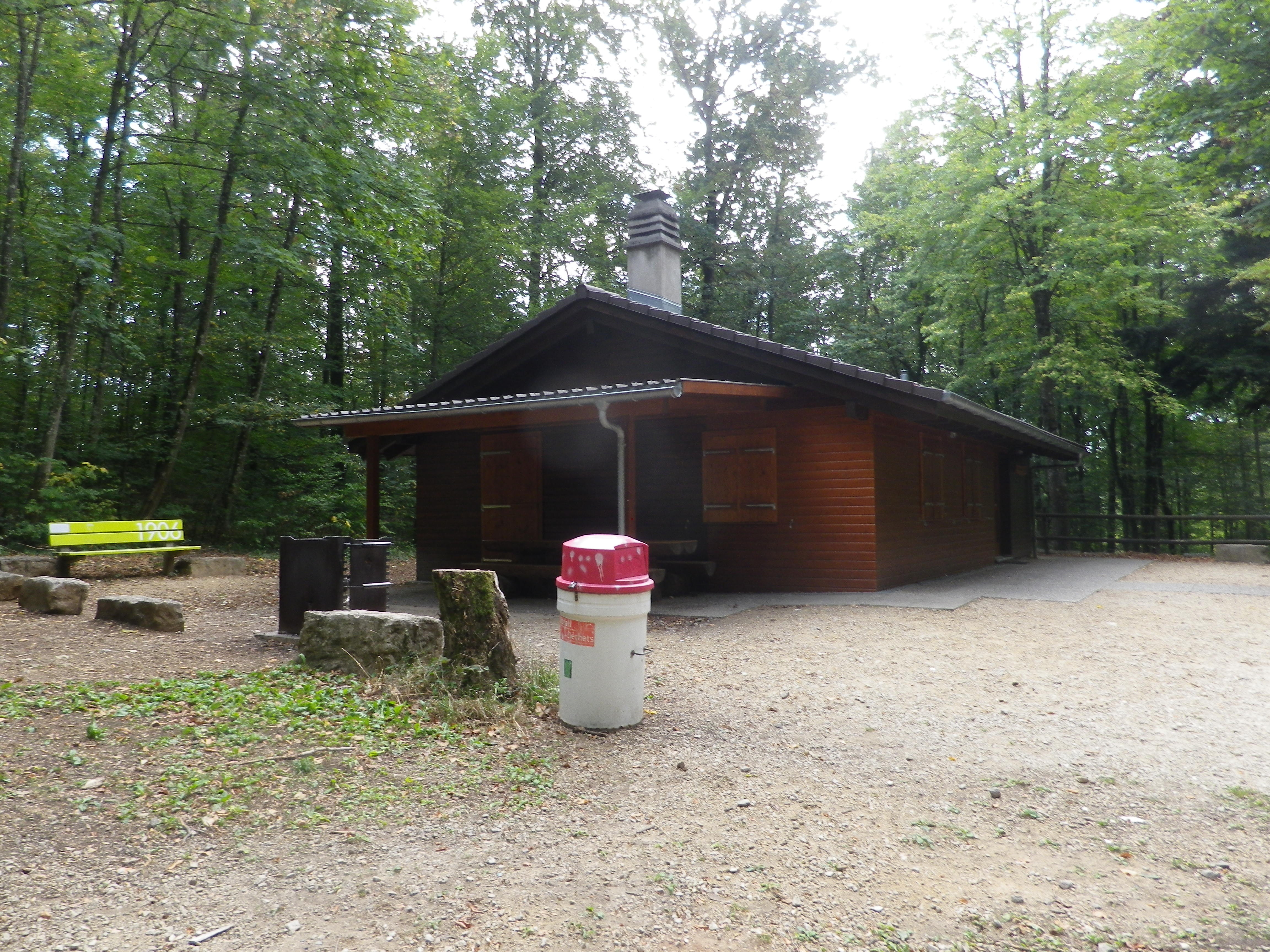
From this point on, the hills were easier. To reach Wintersingen, then Buus and the first vines I would encounter, I had to pass through Hersberg and Nusshof (uphill, again). Nuss means nut, the name giving an indication of what its claim to fame had been. Passing the village hall, the village flag on display showed three nuts, which turned out to be red hazelnuts. Maybe a lack of oxygen at this point caused me to hallucinate about the Piedmont, in Italy, where hazelnuts likewise grow in close proximity to vines, on similarly steep hillsides.
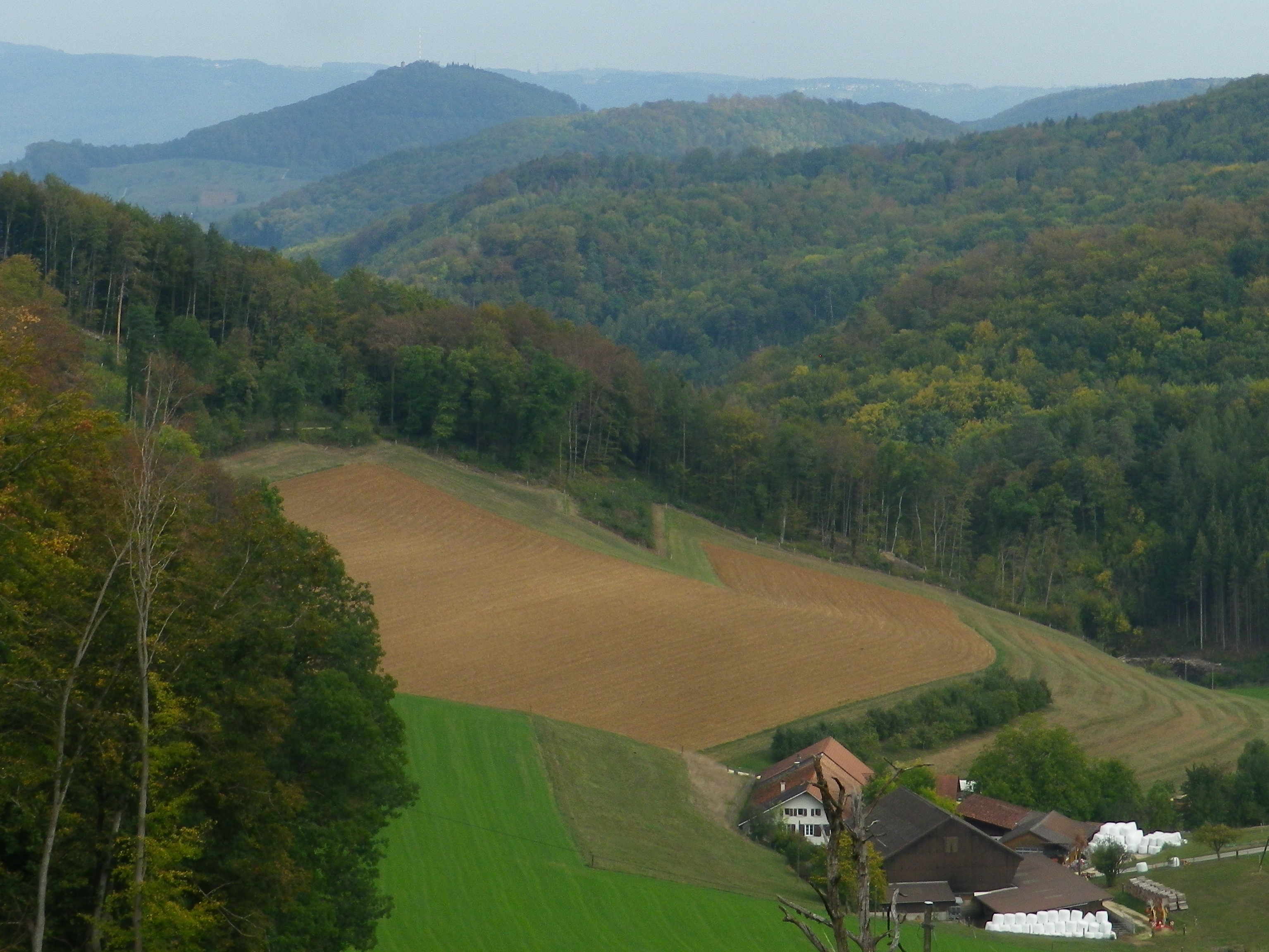
There is a climb out of Wintersingen, but rewardingly, it led to Buus, a village set quite attractively against tree-topped hills and vines in the sun. For the next few miles, vines predominated in this overwhelmingly agricultural landscape. And Maisprach seemed to be the center of viticulture for this part of the Basel-Landschaft wine district. The lush vineyards looked down from their lofty positions above the village. The little village was compact, and proverbially tidy. It even had a couple of eateries featuring local wines.
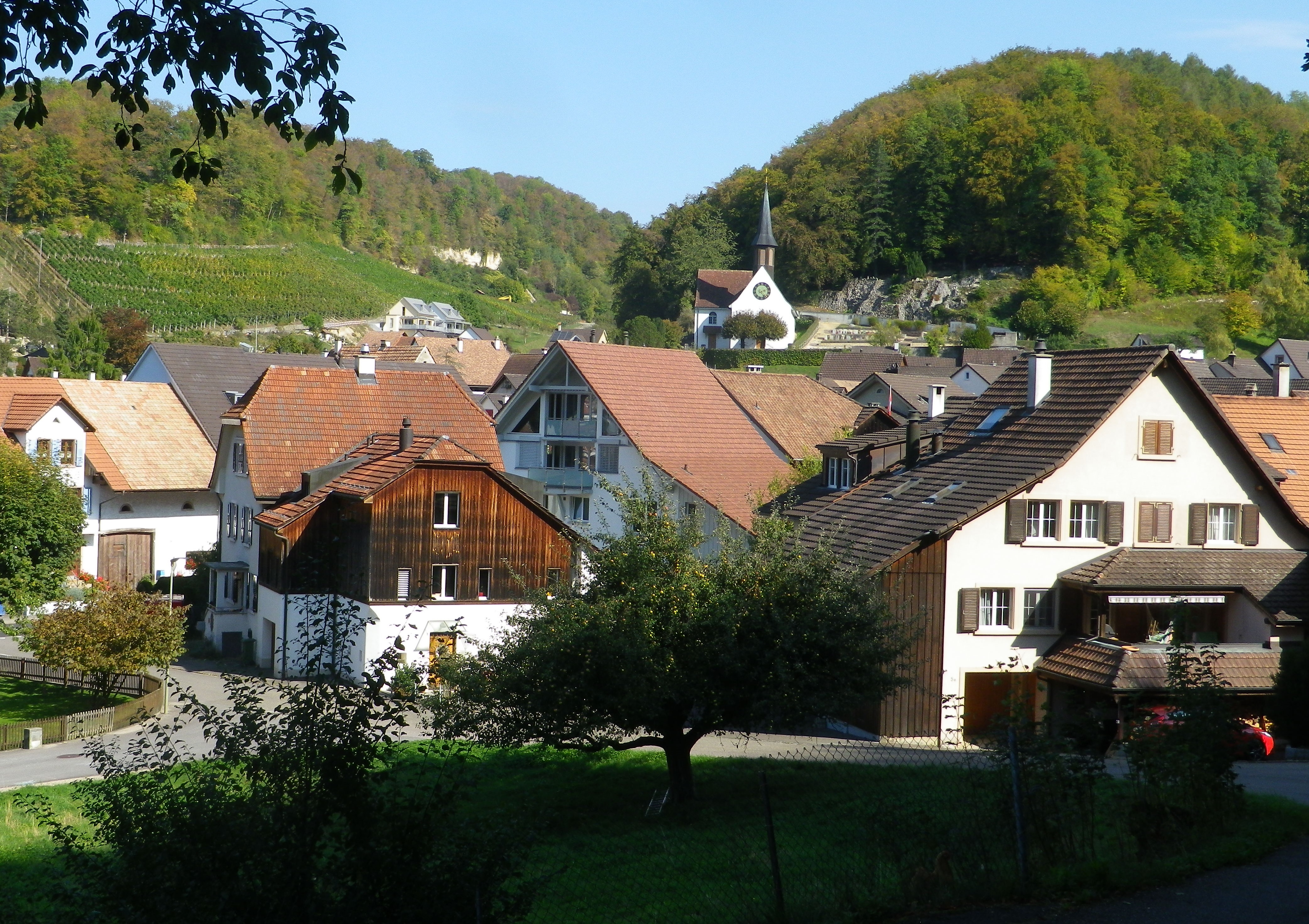
On leaving Maisprach, the itinerary leaves the Basel-Land canton. I was back in the Aargau, about to close the circuit, first going through Magden, then along a great shaded trail at the edge of the woods to the start point. But the best part for this lazy cyclist was the downhill gradient all the way to the Rhine, and my hotel!
